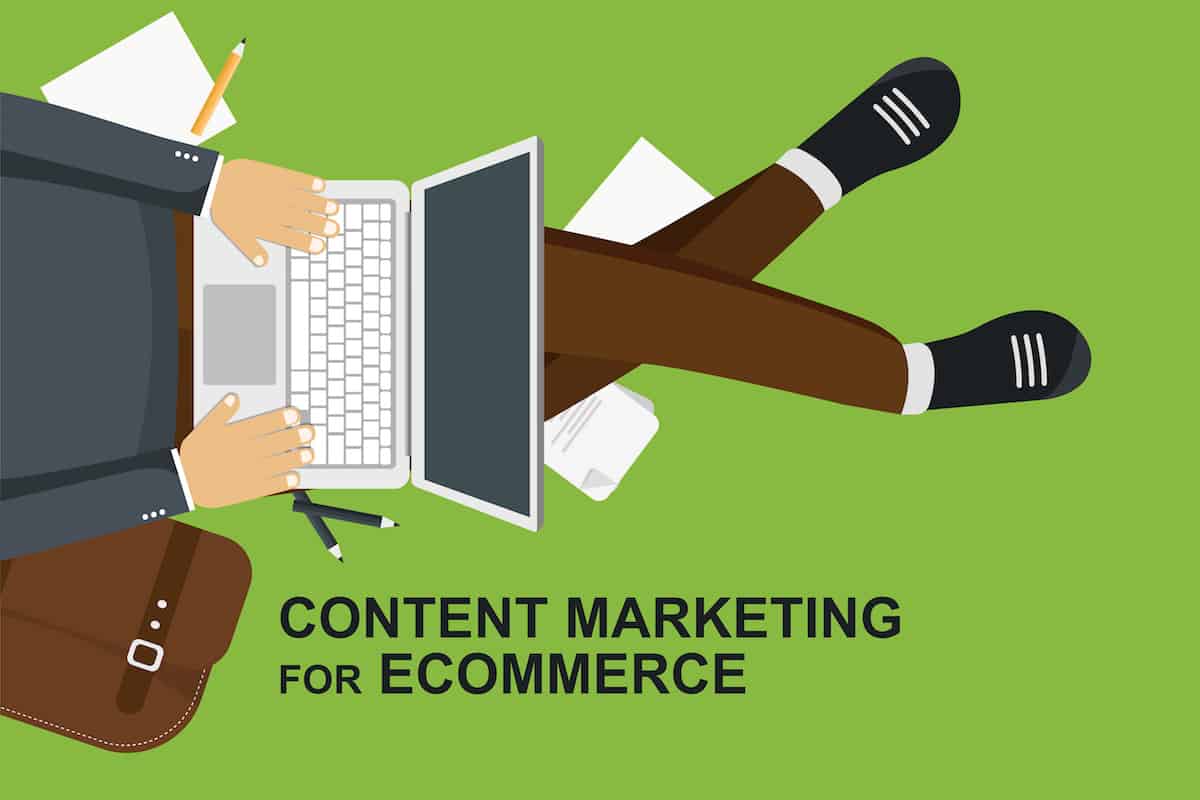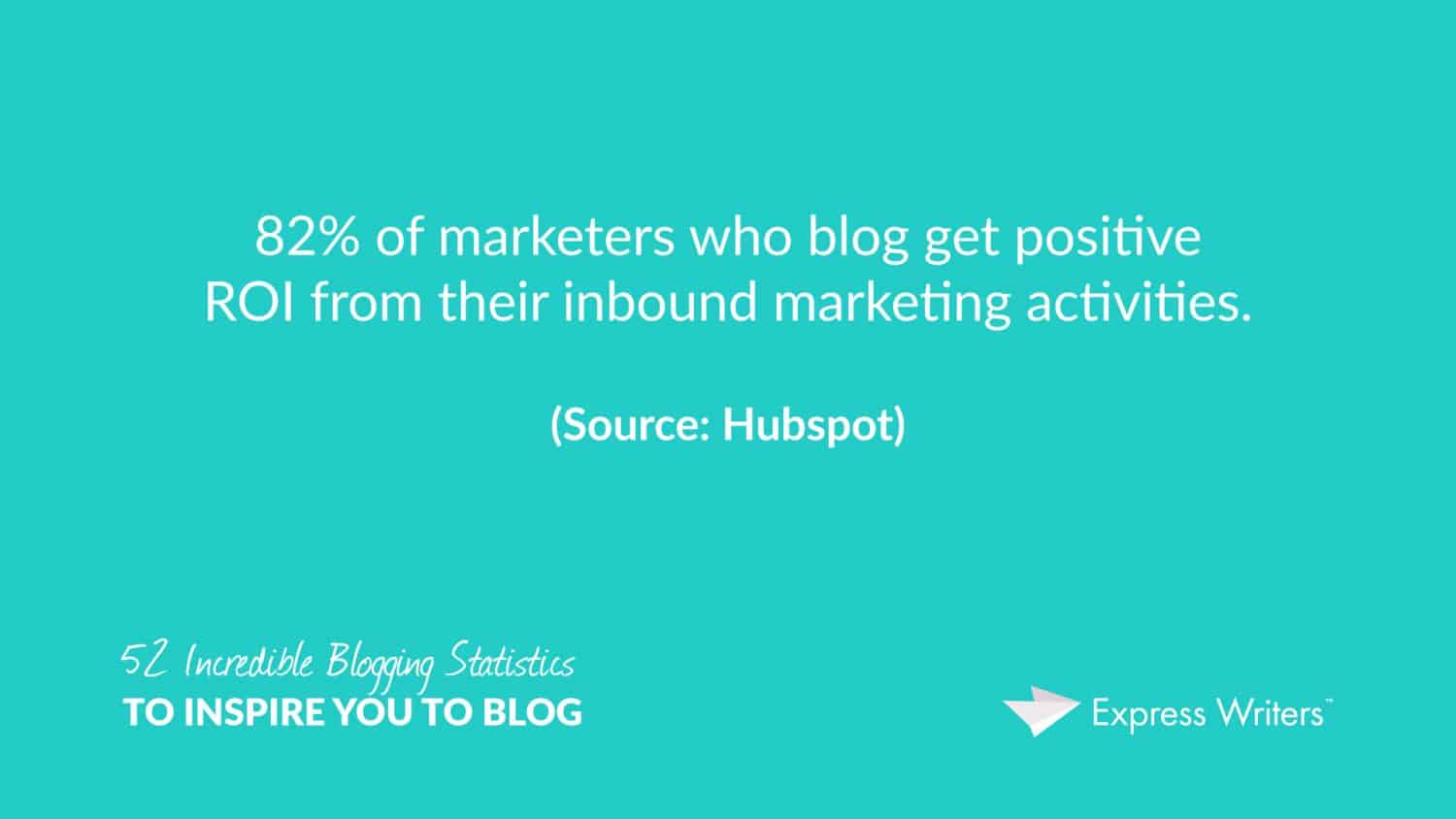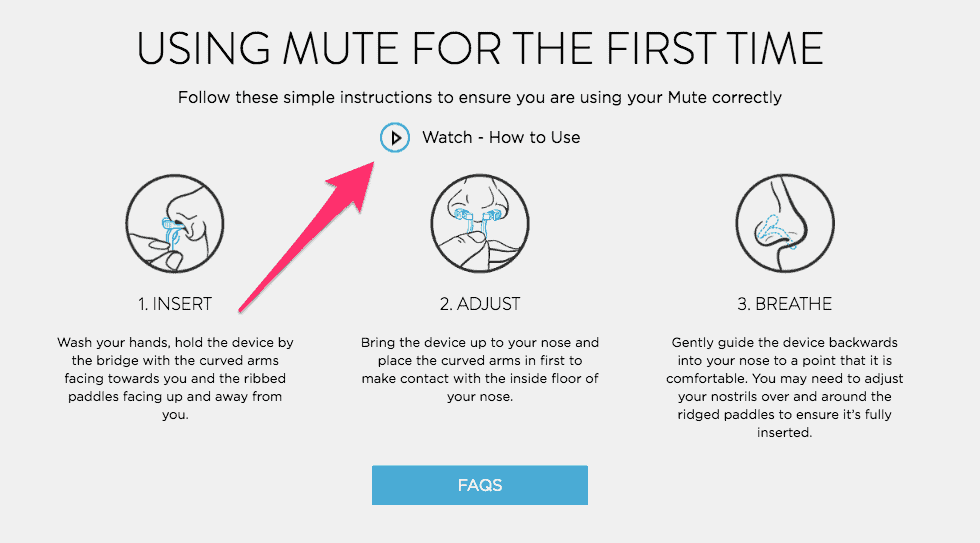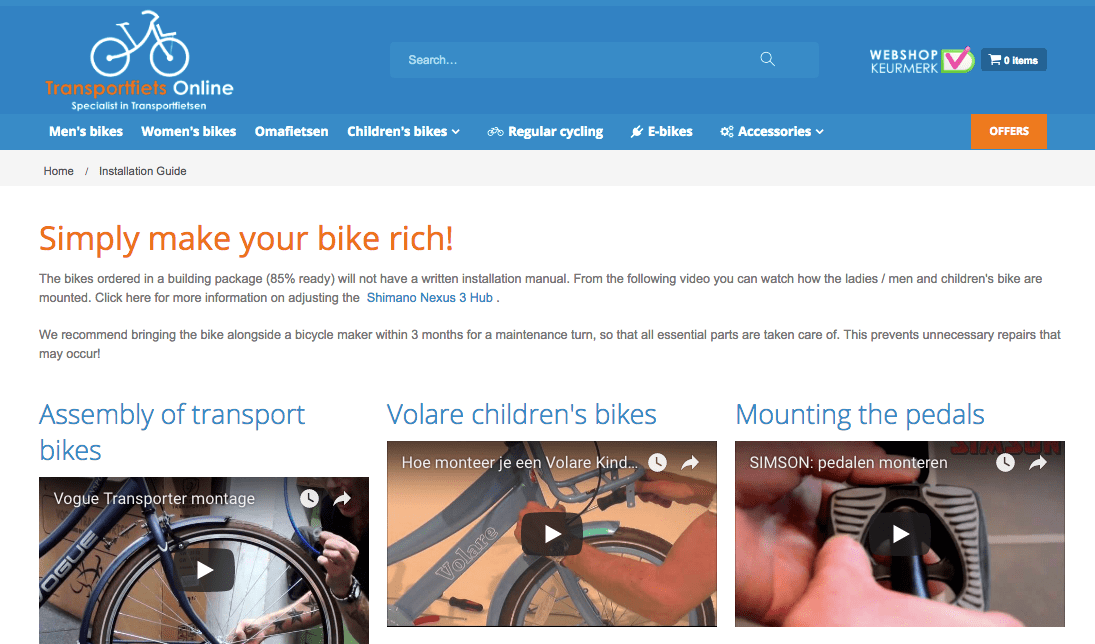
If you have an eCommerce store, you know how valuable it is to bring in new site visitors.
You also know how important it is to build trust with those visitors so they can convert into paying customers.
One of the best ways to build trust (as well as brand awareness) and customer longevity is with content.
Blogs. Social media. Email newsletters.
These are all types of what’s known as content marketing.
Content marketing has been around for some time now, but it has been growing in popularity over the past few years thanks to Google (they use content as a ranking factor for SEO).
While many B2B and B2C brands have used it with much success, many eCommerce sites still haven’t adapted content marketing as a part of their overall strategy.
But if you run an online store, you should be using eCommerce content marketing to promote your products.
Here’s what to know.
What is eCommerce Content Marketing?
Content marketing is “a type of marketing that involves the creation and sharing of online material.”
The average conversion rate of a website with content marketing is 2.7%, compared to the average site without any content (0.5%).

But creating truly marketable content is about more than just having a blog on your site or publishing to social media. It’s about intention.
You’re creating content with a very specific purpose: To educate about your products, to create awareness of your brand, and, ultimately, to sell the customer on what you have.
Content marketing comes in many forms:
- Blog posts
- Articles
- Case studies/testimonials
- Paid search (PPC)
- Emails
- White papers
- Infographics
- Social media posts
- Videos
- Comics/cartoons
- Reviews (Product reviews)
- Guides
- Ebooks
- Podcasts
- Research and data
In general, Your audience will dictate the type of content that works best for your brand. Click To Tweet
For eCommerce, this typically boils down to “the big three”:
- Blog posts
- Social media posts
- Product reviews
However, some eCommerce stores choose to use other content, like videos, podcasts, paid search, and email marketing to drive traffic.
In the end, it’s about what your audience wants, what content they respond to, and the quality of the content you’re producing that makes it effective as a marketing tool.
How to Grow eCommerce Traffic With Content Marketing
Here are a few ways you can use content on your store’s site to increase traffic.
1. Blog Posts
First, some blogging statistics:
- According to Tech Client, having blog grants you a 434% better chance of being ranked highly on search engines.
- 47% of customers read 3-5 pieces of content before making a purchasing decision, according to Hubspot.
- Blogs that post daily get 5 times more traffic than those that don’t (Social Media Examiner).
Blogging gives you the ability to generate original content that addresses concerns about your products or industry.

You can answer questions, resolve fears, build trust, and otherwise connect with customers on another level.
Topshop, for example, uses their blog to show how their clothing can be worn (“How to Style the New Ivy Park Collection”), what news is coming from the fashion industry, and other information about their community.

If you’re looking to truly engage your visitors, consider adding a blog to your site.
2. Social Media
Social media is another highly engaging (and high-traffic) marketing tactic that’s considered a part of content marketing.
The key is to include actual content as a part of your social media campaigns and not just focus on selling individual products.
Take Etsy, for example:

They use social media posts to support shop owners by linking to relevant content on their site (typically their blog).
They also offer quick tips, guides and other information, as well as respond to questions directly on their social media pages.
This type of content marketing gives you the most direct access to current and new customers.
3. Product Reviews
Product reviews and testimonials are a great way to promote the effectiveness of your products and build trust with your brand.
According to Brightlocal, 88% of shoppers say they trust online reviews in the same way they’d trust a personal recommendation from a friend or family member.
Product reviews and rankings often show up in Google searches as well.

Having a high star rating on your product appearing on page listings can help boost organic traffic.
Using product reviews and testimonials in Facebook (and other social media) advertising has also been shown to be an effective way to market specific products.
You can also encourage customer-generated content, like Madison Reed frequently does on their Facebook page.

Customer-generated content is also great for saving time and energy when producing content, as most of the work is done for you.
4. Product Videos
Product videos are a great form of content marketing for eCommerce.
Mute Snoring, for example, introduces how their product works with a high-quality video on their website.

You can also take video content marketing further by offering products to online video reviewers on YouTube.
They will typically do “unboxing” videos or product reviews, which can be a great way to draw in business from YouTube (Man Crates is a great example of unboxing videos).
YouTube is the second largest search engine after Google with 3 billion searches each month, so it pays to have your content there in some form or another.
5. Product Guides
If you’re selling to a niche, or your product is not exactly straightforward to use, having a guide available is a great way to offer something of value in the way of content.
The “How-To” guide is one of the most popular types of content.
They also have the added advantage of answering popular long-tail query introductions: “How to…” and “How do I…?”
This gives you a nice, natural boost to your SEO.
Transportfiets Online, for example, puts together advice on cycling trips.
Their guides on topics like “best destinations for cycling vacations” are related to the product, without overselling it.
They even have a section of their site dedicated (with videos) to an installation guide.

Tips for Creating an eCommerce Content Marketing Strategy
Producing successful content takes time and careful planning, but the payoffs in terms of traffic and sales is worth it.

To start, come up with a plan. Here’s what that plan should include:
- Content goals – What do you want your content to achieve, exactly? Backlinks, social shares, followers, subscribers? This will help you decide a direction for your content.
- Influencer list – If you want to send products to online reviewers or create videos, consider developing a list of influencers who are likely to promote (or “unbox”) your products.
- Buyer persona – Who is your ideal client? What types of content do they already consume? Creating a buyer persona is going to dictate the type of content to create.
- Content calendar – You need to publish content regularly to get any SEO and traffic benefits. Create a calendar of content that allows you to schedule content ahead of time.
- Content distribution plan – Posting on your own blog is easy enough, but you will also need a list of external sites (social media included) to publish on as well.
- Content optimization plan – Your content will also need to include targeted keywords, metadata, and other SEO factors to help drive traffic. Make sure you can optimize your content over time.
For more information on how to create a content marketing plan, consider looking at this content marketing eCommerce guide from SEJ.
Final Thoughts
eCommerce Content marketing can be a powerful tool to drive traffic as well as promote trust for your brand.
Remember that your audience will dictate the content. Look at what they’re already looking at and try to produce content that’s relevant to their needs.
Consider some of the most popular forms of content for eCommerce, like blogging, product reviews, and social media to start.
But don’t be afraid to branch out in more creative directions.


